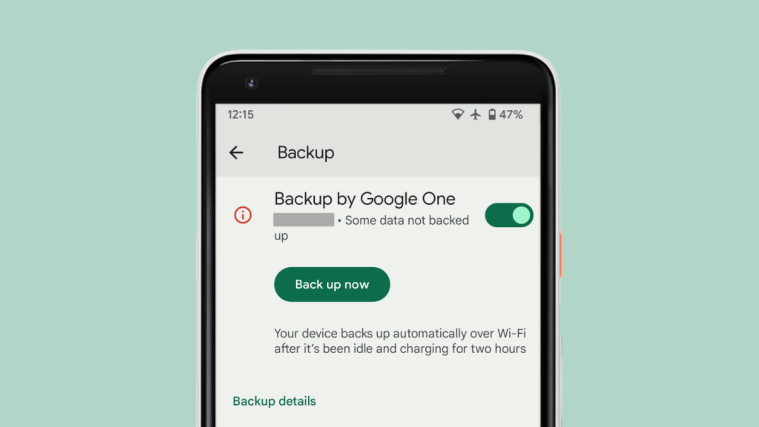As expected, no sooner than we got a sneak peak at a Galaxy Note 2 running on firmware version N7100XXDLJ2 with Android version 4.1.2, someone has gone ahead and leaked the firmware itself, so all those with a Galaxy Note 2 can try it out.
Android 4.1.2 is not exactly a major update to 4.1.1, but it brings some stability and performance improvements, which are always useful. Another feature that is quite useful is the ability to expand and collapse notifications by swiping on them with a single finger, instead of the inconvenient way of using two fingers to drag them down.
Being the helpful souls that we are, we have written a guide to help you try out the new firmware on your Galaxy Note 2. But keep in mind that this is a pre-release firmware that hasn’t been officially released, so you should expect a few issues to be present. You might also need to wipe the data on your device (only apps and personal data, not the SD card files) to make it boot up.
Continue reading to find out how the Android 4.1.2 firmware can be flashed on the Galaxy Note 2. Of course, those who are experienced flashers can simply skip straight to the download link.
Compatibility
The procedure described below is only for the Samsung Galaxy Note 2, model number N7100. Do not try it on any other device, even on the LTE/US variant of the Note 2.
Warning!
The methods and procedures discussed here are considered risky, so try them out at your own risk, and make sure to read each step carefully before attempting anything. We will not be held responsible if anything goes wrong.
How to Update Galaxy Note 2 to Android 4.1.2 (XXDLJ2)
- [Important] You might need to wipe the data on the phone to make the firmware boot up properly. Hence, to be sure you do not lose any data, backup your Apps and important data — bookmarks, contacts, SMS, APNs (internet settings), etc. This Android backup guide would help you. The SD card contents are always safe, so there is no need to back up those. Only backup apps and personal data.
NOTE: Don’t forget to at least note down your network’s APN settings, which are required to make mobile data work. Go into Settings » More » Mobile Networks, click on the APN that is in use, then note down the setting for each field. While APN settings should be automatically restored from network, you can enter them manually if needed to make mobile data work. You can also find your APN details → here. - You need to have the drivers for the phone installed on your computer. You can download Samsung’s Kies software and install it, which will install the drivers as well (skip this step if Kies is already installed on your computer).
Download Kies
You can also download the drivers directly — download from here: 32 bit (x86) Windows | 64-bit (x64) Windows - Download the firmware. The firmware has been uploaded in parts, so you will need to download each part.
Download Link - Extract the file downloaded in step 3 on the computer to obtain a file named N7100XXDLJ2.tar.md5 (the file name may end at .tar, which is normal). This is the actual firmware file that we need to flash on the phone. You can use WinRAR to extract, just extract from the first part and WinRAR will extract everything from the other parts as well.
- Download Odin. Odin is Samsung’s PC tool for flashing firmware, and we’ll use it to flash the firmware file obtained in step 4.
Download Odin3 v3.04 | Filename: Odin3_v3.04.zip - Extract the contents of the Odin3_v3.04.zip file to a folder on your computer.
- Turn off your Galaxy Note 2 and wait for it to shut down completely.
- Then, put the phone into download mode. To do so, press and hold these keys together: Volume Down + Home + Power till the phone turns on and shows a Warning!! screen. Then press Volume Up to enter download mode.
- Open Odin by double-clicking on the Odin3 v3.04.exe file obtained in step 6 after extracting Odin3_v3.04.zip.
- Important! Connect your phone to PC now. You should get the message “Added !!” under Odin’s message box in the bottom left.
- If you don’t get this message, make sure you installed drivers correctly (using Kies or directly) as given in step 2. If it still doesn’t work, try changing to another USB port on the computer and also use the USB ports on the back if you have a desktop PC.
- Click on the PDA button in Odin, then browse to and select the N7100XXDLJ2.tar.md5 file obtained in step 4 above.
- Important! Do not make any other changes in Odin except selecting the required files as given in step 11. Leave all other options as they are. Make sure Re-Partition check box is not selected.
- Now, make sure you took a backup as explained in step 1 before continuing, then click the Start button in Odin to start flashing the firmware on your phone. When the flashing is complete and is successful, you’ll get a PASS message (with green background) in the left-most box at the very top of the Odin, and the phone will automatically reboot. When you see the Samsung logo, you can safely unplug the cable.
- What do if Odin gets stuck or doesn’t do anything: If ODIN gets stuck on setup connection or at any stage of this process after you’ve hit the Start button, and doesn’t seem to be doing anything, or if upon completion of the process you get a FAIL message (with red background) in ODIN, do this: disconnect the phone from the PC, close ODIN, remove battery for 4-5 seconds, re-insert it, turn phone on in Download mode again, and do the procedure again from Step 9.
- [Important] What to do if phone doesn’t boot: After you get the PASS message and the phone reboots, the phone might get stuck at the booting animation. If that happens, perform the following steps to make it boot. Remember that these steps will wipe your personal data like contacts, apps, messages, etc. If your phone has already booted, you can stop reading the guide here, your phone has been updated successfully:
- Boot to recovery mode — for which, first power off phone (by removing battery and reinserting it), wait for 5-6 seconds, and then press and hold Home + Volume Up + Power keys together till the screen turns on, then let them go to boot into recovery. Once you are in recovery mode, use volume keys to move the selection up and down and home/power key to select the option.
- Go to Wipe data/Factory Reset and select it. Select Yes on next screen.
- Then, select reboot system now to reboot the phone, which will now boot properly.
- If you run into any roadblocks while flashing the firmware, let us know and we’ll help you out.
Your Galaxy Note 2 is now running the XXDLJ2 Android 4.1.2 firmware. Do let us know what works, what doesn’t, and what new features and improvements you notice.





